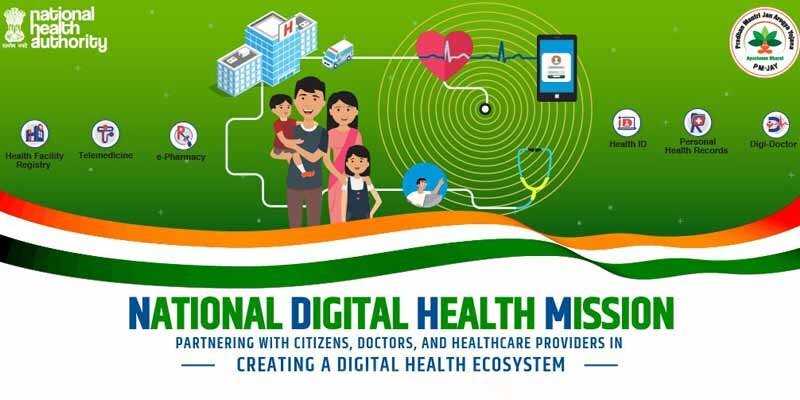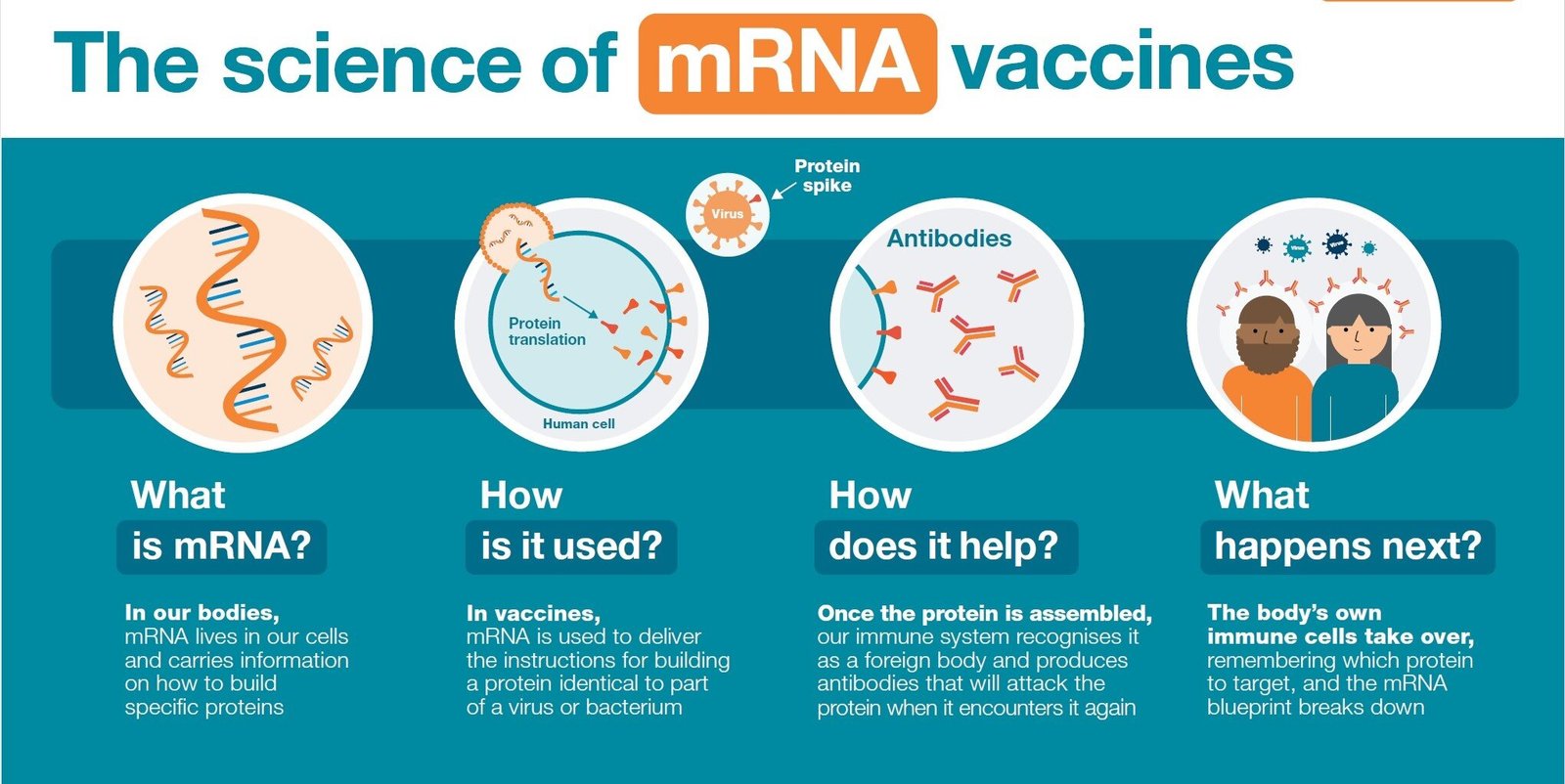The healthcare landscape is undergoing a dramatic transformation, with Telemedicine & Online Consultation emerging as game-changers in patient care. With the advancement of technology and increased internet accessibility, virtual consultations are bridging gaps in healthcare delivery, offering convenience and efficiency to patients and doctors alike.

What is Telemedicine & Online Consultation?
Telemedicine
Telemedicine refers to the use of digital communication technologies to provide remote medical care. It allows healthcare professionals to diagnose, treat, and monitor patients without requiring in-person visits. This can be done through video calls, mobile apps, or online portals. Telemedicine helps improve accessibility, efficiency, and cost-effectiveness in healthcare, especially for individuals in remote or underserved areas.
Online Consultation
Online consultation is a subset of telemedicine where patients can connect with doctors, specialists, or healthcare providers through virtual platforms. These consultations are conducted via video calls, chat messaging, or AI-powered apps. Patients can seek medical advice, get prescriptions, and discuss symptoms without visiting a clinic or hospital physically.
The Rise of Telemedicine & Online Consultation
In recent years, Telemedicine & Online Consultation have gained immense popularity due to various factors such as:
- The need for remote healthcare solutions during the COVID-19 pandemic.
- Increased accessibility to smartphones and the internet.
- The rise of AI-driven diagnostic tools and digital health records.
- The demand for cost-effective and time-saving healthcare options.

Benefits of Telemedicine & Online Consultation
1. Convenience and Accessibility
Patients no longer need to travel long distances or wait in crowded hospitals. With a few clicks, they can connect with healthcare professionals from the comfort of their homes.
2. Cost-Effective Healthcare
Virtual consultations often cost less than in-person visits, reducing expenses related to travel and hospital infrastructure.
3. Faster Diagnosis and Treatment
Immediate access to specialists helps in quicker diagnosis and timely treatment, reducing the risk of complications.
4. Better Management of Chronic Diseases
Patients with chronic conditions such as diabetes and hypertension can regularly consult their doctors without frequent hospital visits, ensuring continuous monitoring and management.
5. Reduced Risk of Infections
Avoiding hospital visits minimizes the chances of exposure to contagious diseases, benefiting patients with weakened immune systems.
Challenges of Telemedicine & Online Consultation
Despite its numerous advantages, telemedicine also faces some challenges:
- Technology Barriers: Not all patients have access to high-speed internet or smart devices.
- Data Privacy Concerns: Handling sensitive patient data securely remains a top priority.
- Limited Physical Examination: Some medical conditions require physical evaluation, which is a limitation of virtual consultations.
- Regulatory Challenges: Different countries have varying regulations regarding telemedicine, affecting its adoption globally.
Future of Telemedicine & Online Consultation
Telemedicine and online consultation have witnessed significant growth in recent years, and with advancements in AI, wearable technology, and cloud-based medical records, their future looks even more promising. Emerging technologies like Virtual Reality (VR) and Augmented Reality (AR) are set to revolutionize the way healthcare services are delivered remotely, making them more interactive and effective.
Key Advancements Shaping the Future of Telemedicine
1. Artificial Intelligence (AI) & Machine Learning (ML)
- AI-powered chatbots and virtual assistants can assist in preliminary diagnosis and patient triage.
- Machine learning algorithms can analyze patient data to predict diseases and recommend treatment plans.
- AI-enhanced radiology and pathology can help doctors interpret medical images remotely with high accuracy.
2. Wearable Technology & Remote Monitoring
- Smartwatches and wearable health devices can continuously monitor vitals like heart rate, blood pressure, and oxygen levels.
- Real-time data from wearables can be integrated into Electronic Health Records (EHRs) for accurate diagnostics.
- Remote monitoring can help manage chronic diseases like diabetes, hypertension, and heart conditions effectively.
3. Cloud-Based Medical Records & Data Security
- Cloud-based Electronic Health Records (EHRs) allow healthcare professionals to access patient history instantly, improving efficiency.
- Secure cloud storage with blockchain technology ensures data privacy and protection against cyber threats.
- Easy sharing of medical records between specialists leads to better collaborative treatment plans.

Conclusion
Telemedicine & Online Consultation are revolutionizing patient care by offering efficient, accessible, and affordable healthcare solutions. As technology continues to evolve, virtual healthcare is expected to become an integral part of the global healthcare ecosystem. Ensuring proper regulations, enhanced data security, and improved digital literacy will be crucial in maximizing its potential.
Stay updated with the latest healthcare trends by visiting our website: Chandigarh UT.














